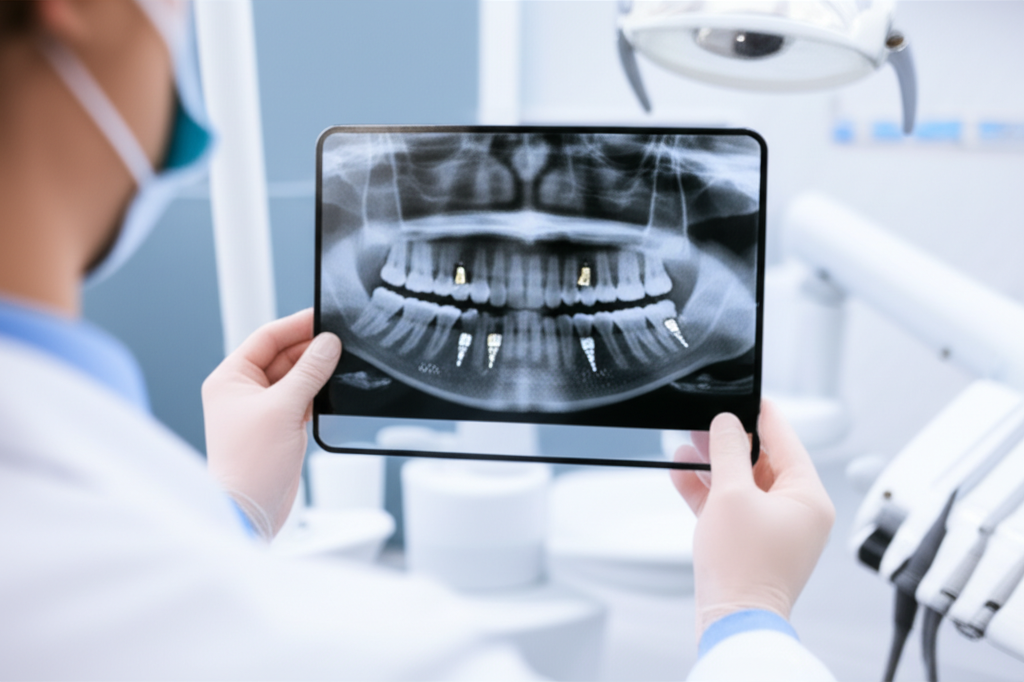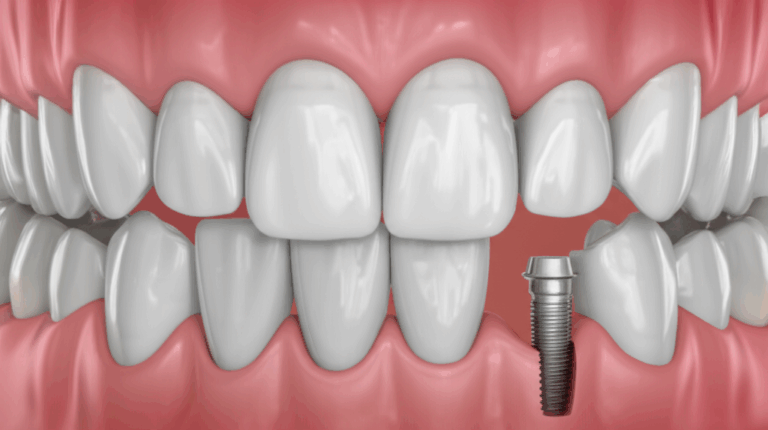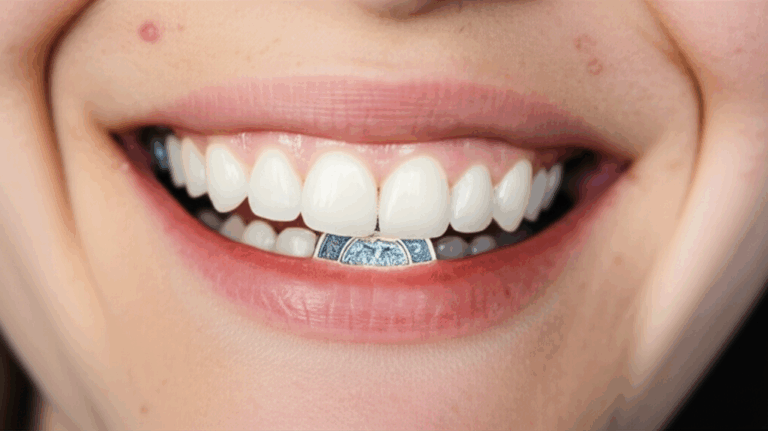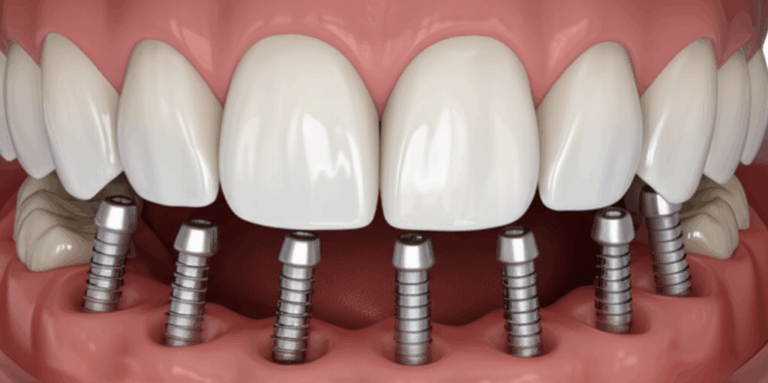
How Common Are Dental Implants? Understanding Their Prevalence, Growth, and Impact
Table of Contents
- Overall Statistics: How Many People Have Dental Implants?
- Growth Trends: Are Dental Implants Becoming More Common?
- Success Rates: Why They’re So Widely Adopted
- Functionality and Aesthetics
- Durability and Longevity
- Bone Preservation
- Advances in Technology and Techniques
- Awareness and Accessibility
Introduction: The Rising Popularity of Dental Implants
If you’ve ever asked yourself, “How common are dental implants these days?” you’re not alone. I’ve seen dental implants go from being something rare and new to a normal way to fix missing teeth. Over the years, I’ve watched people get not just their smiles back but their confidence too—all because of these tiny, sturdy titanium pieces.
So, what are dental implants? In my experience, they are small titanium pieces that act like new tooth roots, holding replacement teeth tight in your jawbone. They are the closest thing I’ve seen to getting back what was lost, for both looks and use.
But why does it matter how common dental implants are? When you’re thinking about any health decision, knowing how trusted and often used it is can help you feel better about trying it. Nobody wants to be the first person to try something new with their teeth.
Dental Implant Prevalence: The Numbers and Facts
Overall Statistics: How Many People Have Dental Implants?
It might surprise you to know how much dental implants have grown. The American Academy of Implant Dentistry says that more than three million people in the United States have dental implants. Around the world, that number is even bigger, with millions more getting new implants every year. Research says that more than a million people in the U.S. get new implants each year, and the whole industry is worth billions.
These numbers didn’t happen by accident. When I talk with other dentists, they tell me their clinics are now focusing more on implants instead of just making old-style dentures. And this isn’t only happening in big cities or fancy offices. Even regular dentists are doing implants because it’s getting easier to do and more people know about it.
Growth Trends: Are Dental Implants Becoming More Common?
If you asked me fifteen years ago, dental implants were for people who didn’t mind seeing a specialist and spending a lot of money. Now, things look very different. The number of implants done goes up by about half a million every year just in the U.S.
Worldwide, the dental implant business is expected to keep growing by about 6–8% each year for a good while. I see it myself and hear it from many patients—everyone wants something that looks, feels, and works like real teeth.
Some of the reasons for this big growth:
- People are getting older all over the world, so more teeth are lost and need better replacements.
- Technology is getting better, so implants are safer and more likely to work out right.
- People know more now—patients can check things out online before seeing the dentist.
- Implants work well (more on that in a bit).
I’ve noticed these things too. In the past, most people getting implants were over 65. Now, I see all ages, from young adults who lost teeth in an accident to middle-aged folks losing teeth to cavities or gum problems.
Success Rates: Why They’re So Widely Adopted
When I explain dental implants, people always ask, “Do they work? Will they last?” From my experience, and from what science says, the answer is yes to both.
Dental implants are successful about 95–98% of the time, even after many years. This is because of something called osseointegration, where the titanium actually connects to your own jawbone. It sounds wild, but it happens, and that’s why implants can last decades or even your whole life if you take care of them. That reliable track record is why implants are now the main choice for replacing teeth.
Demographics of Dental Implant Recipients
Age Groups: Who’s Getting Dental Implants?
When I first got into fixing teeth, I thought dental implants were just for older folks. That’s not true anymore.
- Older adults (65+) get the most, since they lose teeth the most often. Many in this group get implants to stop dentures from slipping and to chew food easily again.
- Middle-aged adults (45–64) are next—usually people who have lost a tooth or two from cavities, gum problems, or old dental work that failed.
- Young adults (18–44) are getting more implants, too. Some lost teeth to accidents or sports, others due to their family history or cavities. The idea that “fake teeth” are something to hide from isn’t the case now, especially since implants look so real.
Gender, Socioeconomic, and Geographic Differences
In my office, men and women get implants about the same. What does matter more is how much money you have and where you live. In places like the U.S. and much of Europe, dental insurance and more income make it easier to afford implants. But I’ve also seen more people in Asia choosing implants, thanks to more knowledge and better dental care.
If you live somewhere that really cares about how teeth look and staying healthy, dental implants are very common. For example, in big cities or richer places, implants are a regular part of fixing and making teeth look good.
Why Dental Implants Are Gaining Such Widespread Popularity
Functionality and Aesthetics
I can say without a doubt, no other way of fixing teeth matches the comfort, biting strength, or real look of a good dental implant. My patients often forget they even have an implant, and so do I after a while.
Dental implants attach right into the jawbone—just like real teeth. They don’t move, and you don’t have to take them out at night. They work and feel so much like real teeth I’ve watched people eat apples, chew steak, and smile big without any trouble.
Durability and Longevity
Here’s what I tell every patient: dental implants are a long-term buy for your health. Unlike bridges or dentures, which might last 5–10 years before you need a new one, implants can last decades—sometimes for the rest of your life. I’ve seen implants last more than ten years and still look and work fine.
Why? Because the bone holds the implant tight. As long as you brush, floss, and visit the dentist, they’re most likely to last.
Bone Preservation
One thing people don’t realize is how implants keep your jawbone from shrinking. If you lose a tooth, the bone below it starts to go away, which can change how your face looks. Dentures and bridges just sit on top—they don’t stop the bone from shrinking.
Dental implants, on the other hand, tell the bone to keep strong. My patients who pick implants keep their normal face shape a lot longer.
Advances in Technology and Techniques
Getting dental implants today is much easier than years ago. Things like 3D printing, digital scans, and computer-designed parts mean we can place implants almost perfectly. That means you heal faster and there are fewer problems.
Using special guides for surgery has made things even easier and safer. What used to take a few surgeries and months of waiting can sometimes happen in just one day, thanks to new methods like immediate-load implants or all-on-4 systems.
I’ve worked with a digital dental lab that uses these new tools, and it’s been great for me and my patients.
Awareness and Accessibility
People know a lot more about dental implants now. Most folks I see have already read up online before coming in. Dentists are also training more in implants, and there are a lot more dentists and oral surgeons doing them.
Costs are dropping, too. Payment plans, loans, and sometimes insurance help more people afford them.
Comparing Implants to Traditional Tooth Replacement Options
Dental Implants vs. Dentures
Many patients start out with dentures, usually because they cost less at first. What I keep hearing: “My dentures move when I talk, I can’t eat everything I want, and I don’t like taking them out.”
Implants fix all that. They’re set firmly in the jaw, so you can eat foods like steak, talk easily, and sleep without worry. Even things like implant-supported dentures are way more solid for people who can’t use a full set of removable teeth. Plus, keeping your face shape is a big deal—implants help, dentures don’t.
One of my best stories is a patient who got an All-on-4 implant system after years with a full denture. She told me, “I finally feel normal again.”
For people who want fixed or removable choices, I often work with a removable denture lab to help decide what’s best.
Dental Implants vs. Bridges
Bridges used to be the go-to fix for a missing tooth. The problem? You often have to grind down the teeth next to the gap, which means losing healthy tooth just to support the bridge. They’re also a bit harder to clean and usually need to be changed out after 7–15 years.
Implants don’t touch the teeth next to them. There’s less risk of infection, it’s easier to keep them clean, and—honestly—an implant almost always lasts longer than a bridge.
If you want to learn more about bridges and crowns, you might want to read about the services from a crown and bridge lab.
Is the Higher Initial Cost Justified?
People always ask about the price. Sure, dental implants can cost more at the start than dentures or bridges. But if you add up all the replacements, repairs, glues, and headaches over twenty or thirty years, implants are usually the smarter money choice.
It’s like buying a really good pair of boots, instead of always replacing cheap ones. Implants are a long-term fix for teeth that look, feel, and work just like your own.
The Future Outlook for Dental Implants
Where are dental implants going next? I think the future is very bright. New materials like zirconia are making implants even easier for your body to accept and look great. Digital planning lets us place them more exactly than ever.
Same-day implants are letting people get results fast, and more countries and different people are able to get them each year.
Implants aren’t just for missing teeth anymore. Dentists use them to hold dentures, solve tough bite problems, and even help with issues like sleep apnea. I’ve even helped rebuild whole smiles using just a few well-placed implants.
My guess? Pretty soon, dental implants will be an everyday part of dental care for anyone missing teeth, just like fillings or crowns are now.
Conclusion: Dental Implants—A Proven, Mainstream Solution
From what I’ve seen, dental implants have gone from rare to normal in just one generation. Millions of people now enjoy eating, smiling, and living life without the worries of missing teeth.
They aren’t just common—they’re the best option for replacing teeth. They work naturally, last for many years, and help keep your jaw and face healthy. That’s why so many people now pick this way to get their smile and life back.
If you’re thinking about implants, know you’re joining a fast-growing group of people who want something reliable, comfy, and good for your health—people just like you, and people like me who believe a strong smile brings a big improvement in life.
Want to read more about keeping your mouth healthy or conditions that affect teeth? Check out teeth health for more info.
Additional Resources
If you’re curious about dental diseases or need more information about dental care, you can look into dental diseases and dental care. I found these helpful to learn more myself and maybe they will help you too.
In the end, what I’ve learned about dental implants is simple: they’re not just everywhere—they really change lives. And as more people see the good they can do, I think they’ll become even more normal in the coming years.








